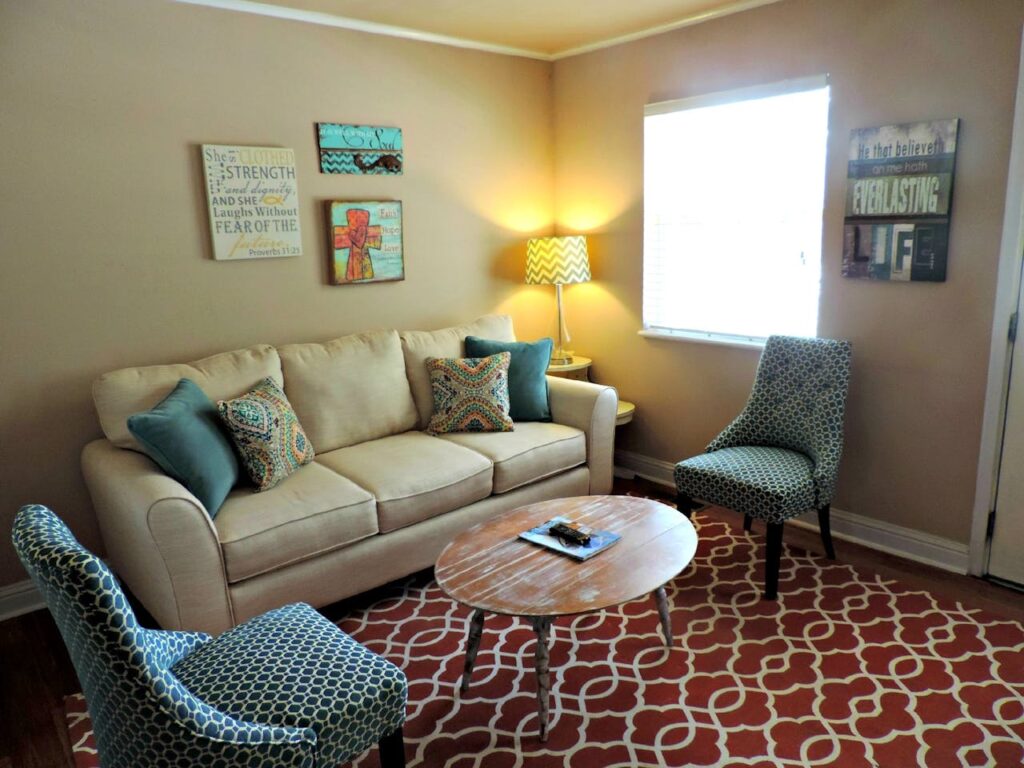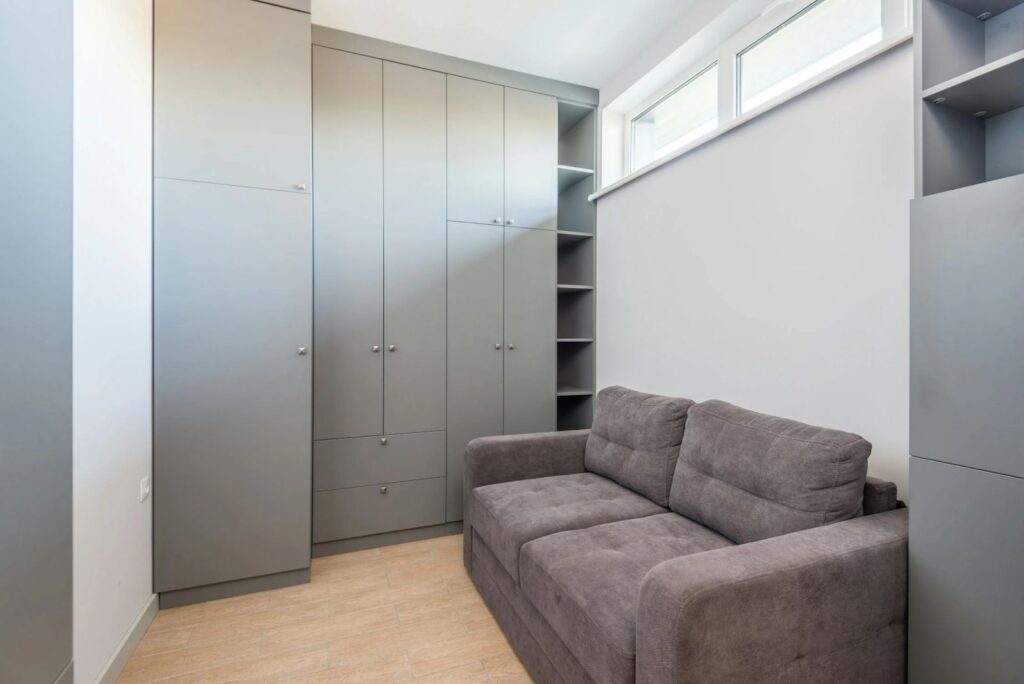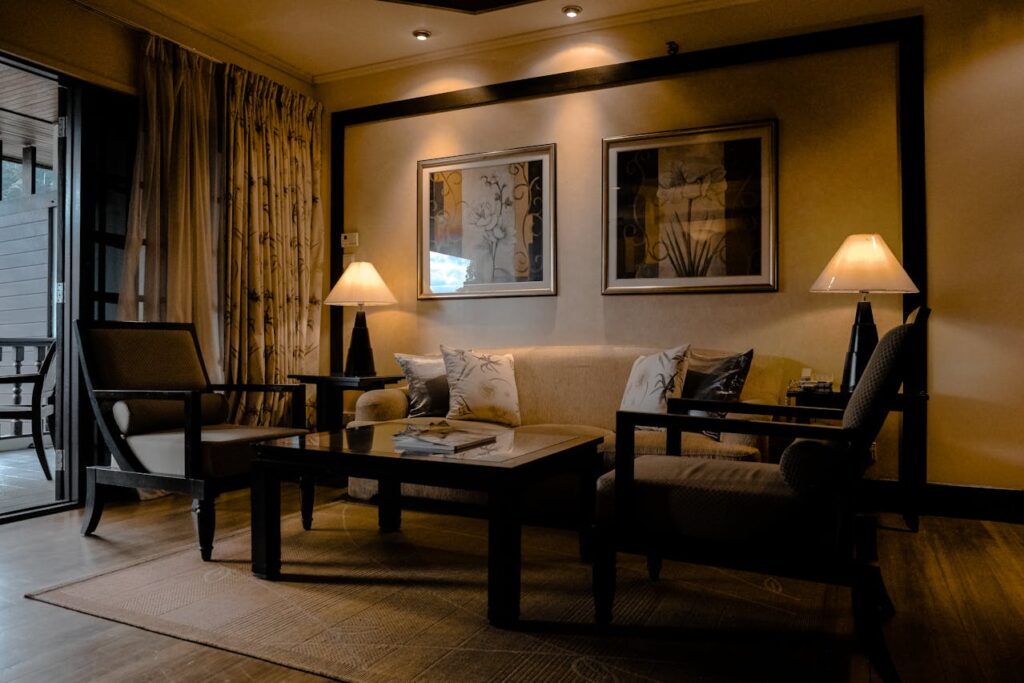Creating a harmonious and visually appealing interior design requires more than just choosing beautiful furniture; it demands an understanding of how proportions and scale affect the overall balance of a room. Properly scaled furniture ensures that every piece fits seamlessly into the space while enhancing its functionality and aesthetic appeal. Here’s a comprehensive guide to mastering furniture proportions and scale in interior design.
Why Proportions and Scale Matter
Proportions and scale are the foundation of a well-designed room. Furniture that is too large can overwhelm a space, making it feel cramped, while undersized pieces can leave a room looking sparse and unbalanced. Achieving the right balance ensures that the room feels cohesive and functional, no matter its size or layout.
1. Understanding Proportions and Scale in Design

The Difference Between Proportions and Scale
Proportions refer to the relationship between the dimensions of one object and another. For example, the height of a chair relative to a dining table. Scale, on the other hand, pertains to how the size of an object relates to the room or space as a whole. Both concepts are critical in selecting and arranging furniture.
Considering Room Dimensions
Start by evaluating the size of the room. Measure the length, width, and height to determine how much space you’re working with. For smaller rooms, opt for furniture with slimmer profiles and fewer visual interruptions. In larger spaces, bolder, chunkier pieces help fill the area without appearing lost.
2. Tips for Matching Furniture Proportions and Scale

Choosing the Right Sofa for Your Space
A sofa is often the centerpiece of a living room, so its proportions must align with the room’s size. In small spaces, select a loveseat or a compact sofa with sleek lines. For larger rooms, a sectional or a sofa with a deep seat can create a more proportional and inviting look. Ensure there’s enough space around the sofa for movement and other furniture.
Balancing Dining Tables and Chairs
When choosing a dining table, consider the size of your dining area and the number of chairs it will accommodate. A round table works well in smaller spaces, while rectangular tables suit larger areas. Chairs should complement the table in both size and style, with seat heights that align with the table’s height for comfort.
Matching Beds to Bedroom Dimensions
In a bedroom, the bed’s size plays a crucial role in achieving balance. A king-sized bed may look luxurious, but it can dominate a small room, leaving little space for other furniture. In contrast, a queen or full-size bed often works better in compact spaces, allowing room for nightstands, dressers, and movement.
3. Enhancing Balance Through Arrangement

Grouping Furniture Strategically
When arranging furniture, think of groupings that create balance. For example, a large sectional sofa can be paired with an oversized coffee table, while smaller accent chairs and side tables balance the look. Avoid clustering too many large pieces in one area, which can make the room feel heavy.
Using Rugs to Anchor Furniture
Rugs can help define and unify furniture groupings. Choose a rug that is proportionate to your furniture arrangement. For instance, in a living room, a rug should be large enough to fit at least the front legs of all major furniture pieces, anchoring them together visually.
Final Thoughts
Matching furniture proportions and scale is an art that combines functionality with aesthetic harmony. By understanding the dimensions of your space and carefully selecting pieces that complement both the room and each other, you can create a home that feels cohesive, inviting, and beautifully designed.

